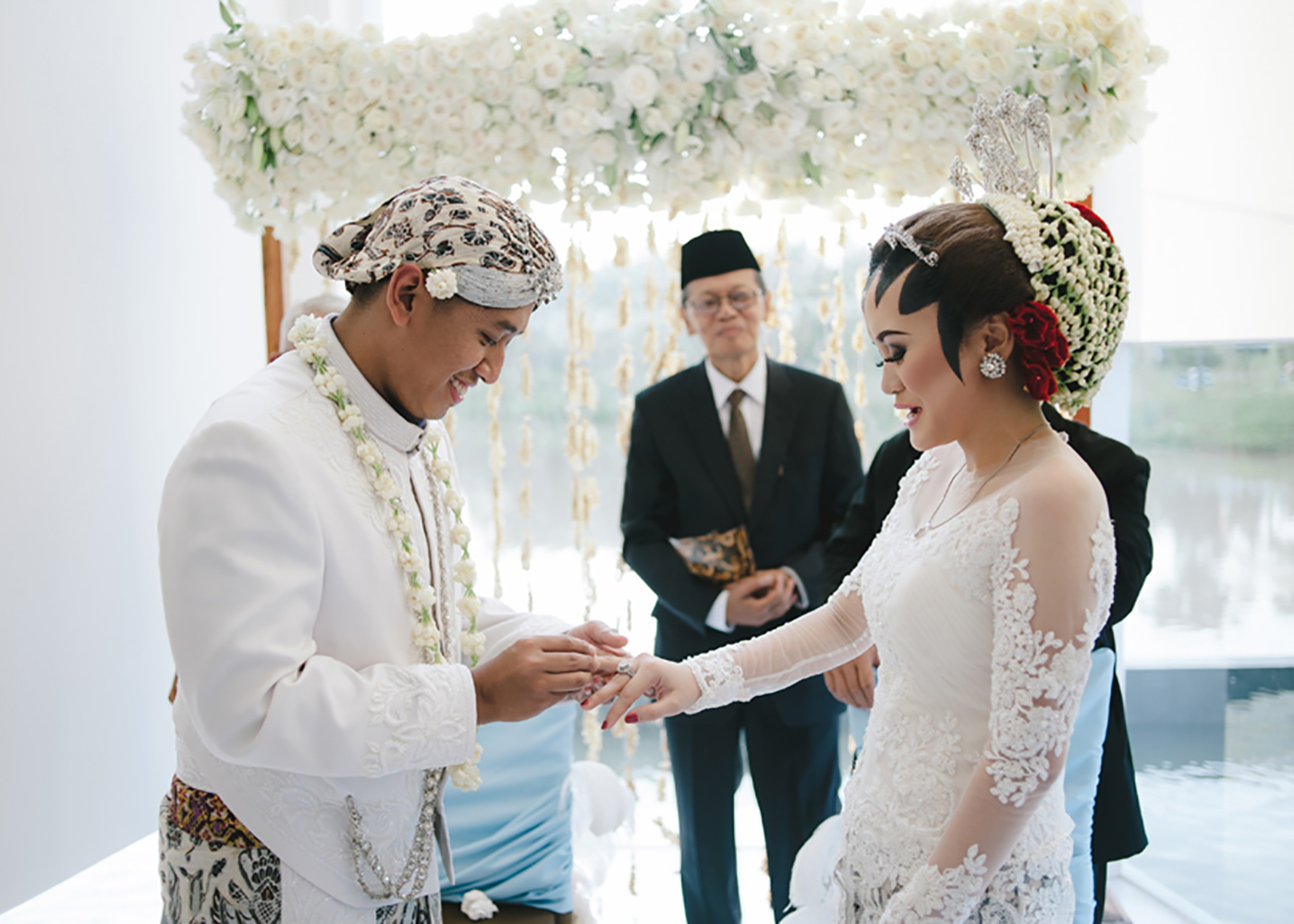
Here’s everything you need to know, from the registration of a Muslim marriage to the customs and ceremonies of a Malay wedding.
Traditionally, Malay-Muslim weddings in Singapore are grand, festive affairs put together gotong-royong (when the couple’s families work together to help out) style and celebrated with many guests. While the style of these weddings has evolved over the years, the basic customs adopted from Malay culture and Islam largely still remain. Here’s everything you need to know, from the registration of a Muslim marriage to the customs and ceremonies of a Malay wedding.
The compulsory procedures
Wedding preparation course
To make sure that a couple is mentally and emotionally prepared for marriage, it’s necessary that they attend a compulsory course by the court of Syariah. Held at a few Islamic organisations and mosques, this three to four day seminar covers issues such as financial planning and relationship counselling. Upon completing the course, a certificate of participation will be awarded to the couple, which should be presented when collecting the marriage certificate.
Registering your marriage
Register your marriage and solemnisation date in advance within seven to a hundred and fifty days through an online application at the Registry of Marriage for Muslims (ROMM). To register, you need the names and identification numbers of the couple, the bride’s Wali (her father or appointed male guardian), two male witnesses, as well as the exact figures of expenses involved, including the maskahwin (dowry) and hantaran (marital gifts – more on this later). Once the necessary documents have been verified by the registry, the registration of the marriage will be deemed confirmed.
Preparatory celebrations

Henna-staining
Days before the wedding, the bride and her bridesmaids get together for a henna-staining ceremony. Both hands and feet are decorated using henna, but for the bride, her design is the most intricate of all. As a symbol of the couple’s forthcoming union, the family and friends of the bride will paint the couple’s fingertips with a yellowish oil.
Hantaran
While not obligatory, the custom of the hantaran (trays of gifts) is a time-honoured tradition that many still practise today. The bride and groom will exchange these gifts (that they’ve picked out themselves) on the day of the solemnisation. While these gifts aren’t fixed, tradition calls for the inclusion of daun sirih (betel leaves) and bunga rampai, a fragrant, potpourri-like combination of pandan leaves mixed with rose water and sprinkled with jasmine flowers. Other common gifts include jewellery, watches, handbags and perfume.
The wedding solemnisation

The akad nikah, or wedding solemnisation, is the important ceremony in which a marriage is formalised. This usually takes place the morning of – or one or two days before – the wedding reception, and can be conducted at the ROMM, a mosque or the reception venue itself. The ceremony is officiated by a kadi, a religious official appointed by ROMM, who’ll speak to the groom about his duties to his wife, and determine that the bride is getting married on her own free will. He’ll then guide the groom through his marital vows, and ask both witnesses and others present if the latter’s vows are accepted. If no objections are made, the couple will sign the marriage contract – sealed with the dowry – and the marriage will be made official.
Bersanding and other ceremonies

Traditionally, the wedding ceremony begins with the groom and his entourage going over to the bride’s house, escorted by kompang (a type of Malay drum) players who recite verses from the Quran, bunga manggar (palm blossoms made of tinsel paper) carriers, family and friends. When he arrives, the bride’s relatives and friends will try to prevent the groom and his best men from reaching the bride. Much like the Chinese tradition of gatecrashing, this will involve plenty of hilarious stunts, pranks and even bribes to get the groom to prove his love for the bride.
The wedding reception

Upon reaching the venue, the couple will sit at the pelamin on the dais (a throne-like structure placed on a beautifully-decorated platform) where they’ll be treated like royalty for the rest of the day. Guests will then offer their blessings and well-wishes to the couple by going up onto the pelamin.
At the reception, silat (a traditional martial art) performances are often performed to offer blessings to the couple, along with dance numbers and increasingly popular flash mobs by friends of the couple.

The food
As with any Malay celebrations, expect lots and lots of food that is typically served buffet-style. Nasi Minyak (buttered rice) is usually a staple, with the next popular option being Nasi Briyani and Nasi Tomato. Accompanying dishes served include Ayam Masak Merah (chicken in a spicy red gravy), daging rendang (beef chunks in a spicy stew), achar (pickled vegetables) and an array of desserts, from western cupcakes to Malay kuih.
Décor
The focal point of any Malay wedding is the dais: the platform on which the couple sit upon their pelamin (the thrones) and the area in which guests will mostly be photographed. The couple’s seating of choice is usually plush, with an outstanding design that commands attention. To complement this, the dais is often decorated with artfully draped cloth, intricate floral arrangements and grand lighting fixtures. As for the reception area, Tiffany chairs are placed around round tables, accentuated with gorgeous table centerpieces. To set the scene for a magical-looking reception, chiffon cloth is draped across the ceiling, accompanied by chandeliers and other decorative accents, like pinwheels or florals.

